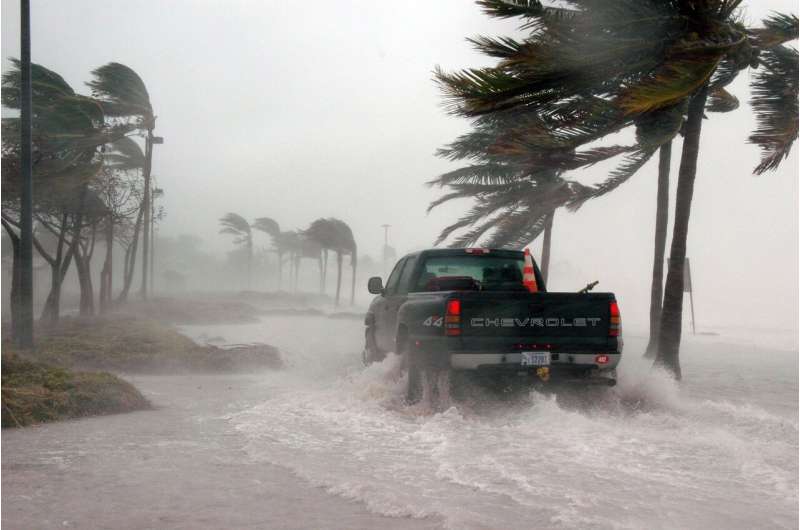Early Detection of West Nile Virus in Massachusetts Raises Public Health Alerts

Massachusetts reports early detection of West Nile virus in mosquitoes, prompting health advisories and preventive actions for residents to reduce mosquito bites and disease risk.
The Massachusetts Department of Public Health has announced the first detection of West Nile virus (WNV) in mosquitoes this year, marking an earlier occurrence than typically observed in the region. A mosquito sample collected from Shrewsbury last week tested positive for WNV, indicating that the virus is active sooner than usual, with mid-June being earlier than the standard start of West Nile activity in Massachusetts.
Public Health Commissioner Robbie Goldstein emphasized the importance of mosquito surveillance, noting that this early detection serves as a critical reminder for residents to adopt preventive measures against mosquito bites. Since WNV is primarily transmitted to humans through infected mosquito bites, taking precautions can significantly reduce the risk of infection.
Historically, Massachusetts has reported up to 19 human cases of WNV in a year, with the first detection typically occurring in late June. As of now, there have been no reported human or animal cases of WNV this year. Meanwhile, Eastern equine encephalitis (EEE), another arbovirus in the state, has resulted in four human cases this season.
While most individuals infected with WNV show no symptoms, the risk increases for those over age 50, who are more susceptible to severe illness. Common symptoms, when they occur, resemble flu-like conditions, including fever. Severe neurological illness, although rare, can develop in some cases.
Experts advise residents to apply EPA-registered mosquito repellents, wear protective clothing like long sleeves and pants, and regularly drain standing water around homes to reduce mosquito breeding sites. Monitoring online risk level maps for updates on WNV activity is also recommended.
Peak mosquito activity times are typically from dusk to dawn, so outdoor activities during these hours should be scheduled carefully, especially in high-risk areas. Wearing protective clothing and using repellents can effectively lower the chances of bites.
Despite the early detection, disease experts caution that this does not necessarily predict a severe or long-lasting season. Staying vigilant and following preventive guidelines remains key to reducing the risk of WNV infections.
Source: https://medicalxpress.com/news/2025-06-west-nile-virus-massachusetts-earlier.html
Stay Updated with Mia's Feed
Get the latest health & wellness insights delivered straight to your inbox.
Related Articles
Living in Hurricane-Flooded Areas Increases Mortality Risk Among Older Adults by 9%
Living in hurricane-affected flood zones increases the long-term mortality risk for older adults, with a 9% higher risk observed up to five years post-disaster. Research highlights the importance of regional disaster preparedness and long-term health interventions for vulnerable seniors.
How Diverse Brain Cells Collaborate to Make Decisions
Recent research uncovers how diverse brain cells coordinate through shared neural landscapes to facilitate decision-making, offering new insights into brain function and disorders.
Revolutionizing Medicine with Synthetic Torpor: A Breakthrough in Metabolic Regulation
Researchers are exploring synthetic torpor, a reversible, energy-conserving state induced by ultrasound, with potential applications in organ preservation, space travel, and critical care medicine. This breakthrough may redefine approaches to treatment and patient management.



